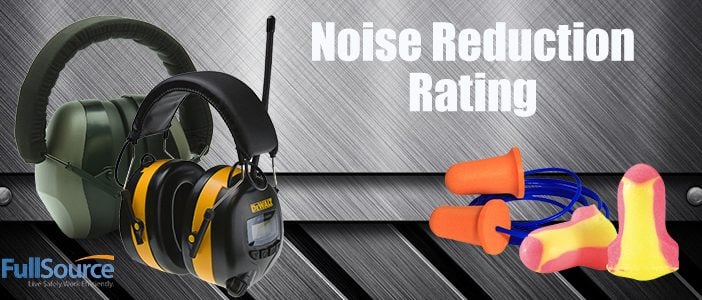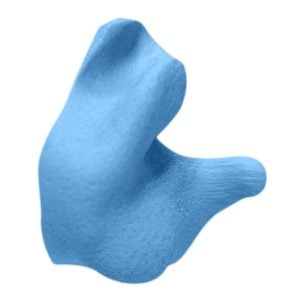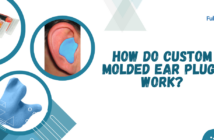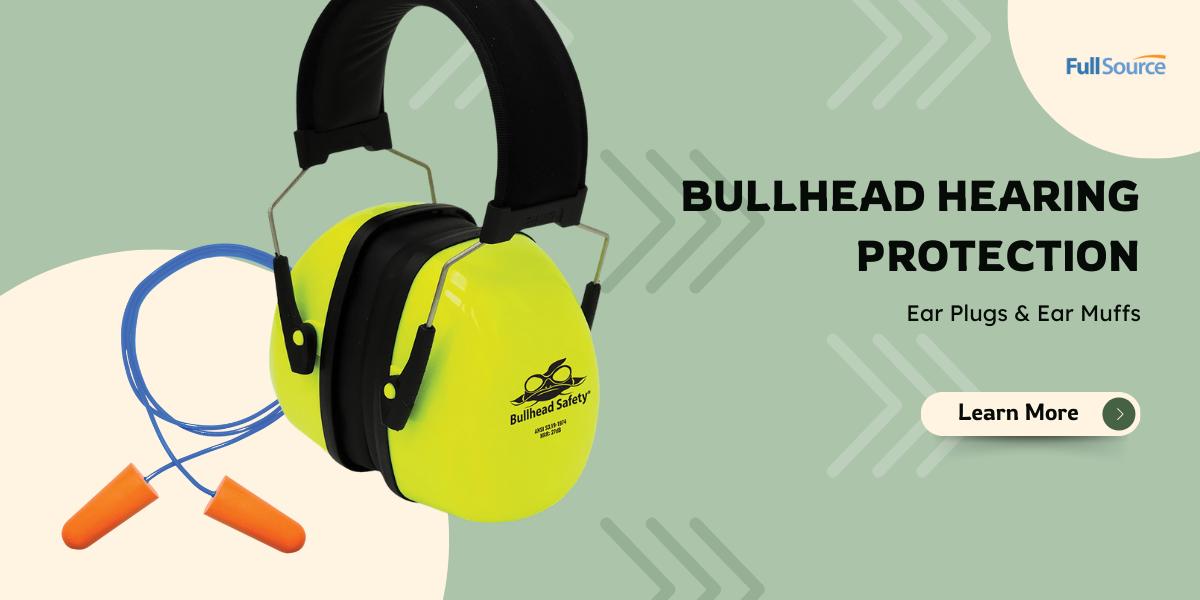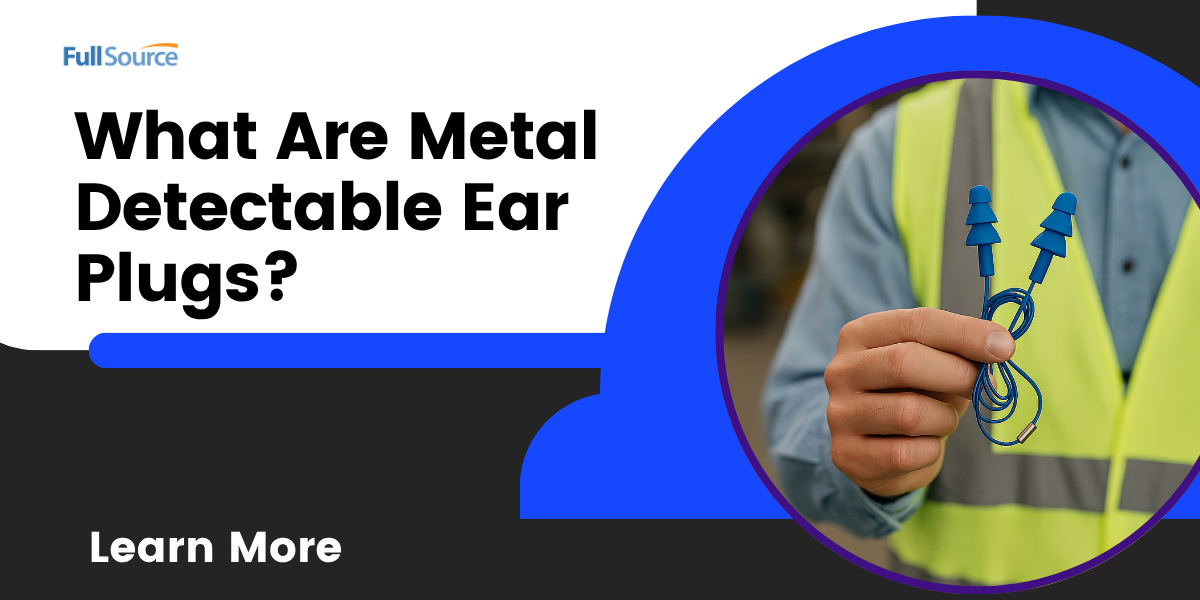What is the Noise Reduction Rating (NRR)?
The Noise Reduction Rating, also known as the NRR, is the level of noise that hearing protection can block. NRR provides users with useful and numerically defined information to determine the hearing protection needed. The normal range of the Noise Reduction Rating is going to be around 0 to 30(+). Lab tests determine the decibel (dB) reduction that is appropriate. It’s important to note, these tests cannot account for all the variables of a normal workplace. However, it’s a good guideline for hearing protection in general.
How Can Noise Damage Your Ears?
Unfortunately, noise damage can often happen unnoticed. Consistent loud noise does not cause any pain or trauma that is visible. Now of course, if the decibels are high there will be obvious signs of damage like ringing in the ears or blown eardrums. Generally no scarring or bleeding is visible when a person has their ears damaged over time. Which this makes it difficult to spot compared to other occupational injuries. The damage tends to accumulate over years of exposure to loud noises. The results leaves individuals thinking the hearing loss is from to something else.
Types of Hearing Protection
You may be wondering what you can do to protect your hearing. While we’re not always able to avoid a loud workplace or a rock concert, there are plenty of hearing protection devices that are available.
Ear plugs are one of the more convenient methods of hearing protection. Small and easy to use, ear plugs are either corded, non-corded or reusable /disposable. Use custom molded ear plugs for a more snug fit. Also, they can be metal detectable for food manufacturing industries. The Noise Reduction Rating for earplugs is comparable to that of ear muffs, if not better. A couple of the disadvantages include: easy to lose, may not be properly fitted and could have the ability to irritate the ear canal.
Similarly, ear muffs are another suitable alternative for hearing protection. Styles include headband, foldable, cap mounted, and neckband. In addition to being noise canceling, ear muffs have one size that can fit most head sizes.If you’re interested in listening to the radio while you work, you can choose radio ear muffs. Auxiliary inputs allow you to listen to your own device or you can indulge in the standard AM/FM radio. Disadvantages for earmuffs are that they are heavier, less portable or uncomfortable in hot and humid areas. These restrictions could interfere with wearing safety equipment such as hard hats or glasses. Cap mounted ear muffs by DeWalt and JSP are a great way to avoid this concern.
Conclusion
When abiding by proper hearing safety guidelines, always consider the Noise Reduction Rating. From construction sites to mowing the grass, our ears get exposed to loud noises on a daily basis. The longer we’re exposed to loud noises, the more cause for concern. Choose a higher NRR for ear plugs or earmuffs, based off of the noise level and job site/occupation. There are a variety of brands that carry quality hearing protection. Brands like Elvex, Howard Leight, PIP, Pyramex, Radians, and ect. Our ears are more delicate than people seem to realize. So, take advantage of the Noise Reduction Rating and protect your ears!

